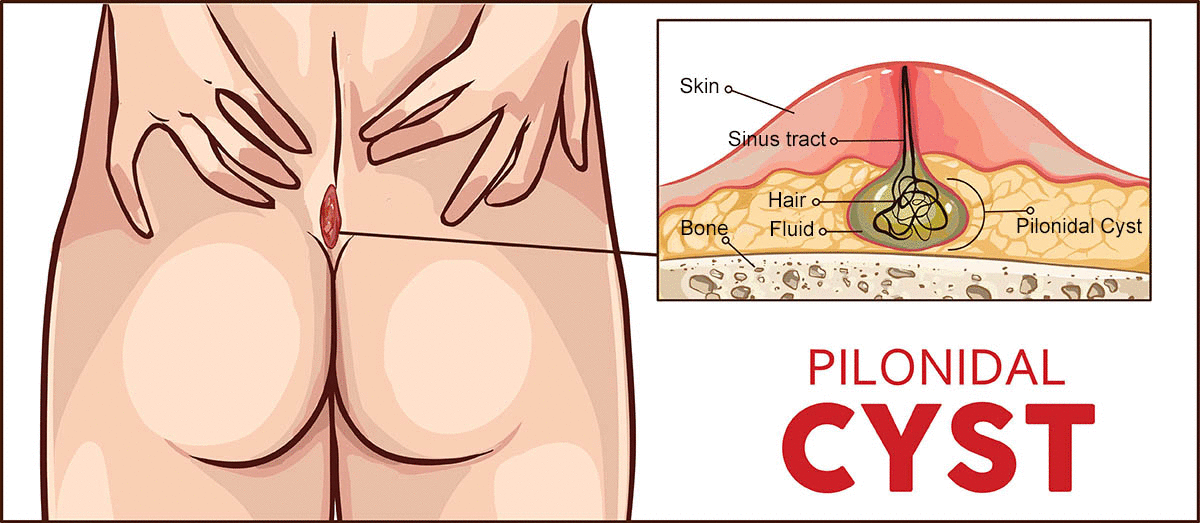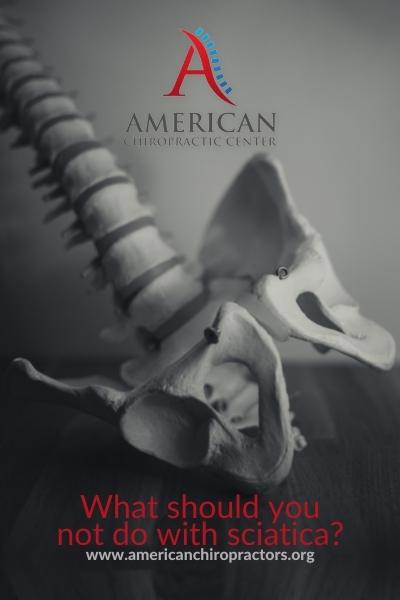
Pilonidal cysts are often not a serious problem, but if you experience pain or other symptoms like constipation, it is best to have your doctor examine...


The majority of us have experienced some form of back pain, whether it’s mild discomfort or excruciating pain that knocks you off your feet. However, with...


If you’ve ever had sciatica pain, you’re likely to recall feeling scared and desperate for relief. Not only can sciatica pain flare-up with or without physical...


Sciatica pain commonly comes on when a bone spur or herniated disc compresses a spinal nerve root in your lower back, causing intense anguish in your...


Sciatica is a condition in which discomfort begins in the lower back and radiates down the leg. This problem of the lower back is often caused...


Sciatica is a common type of back pain that can be caused by many things, such as spinal stenosis, herniated discs, or muscle spasms. It is...
What Is the Best Anti Inflammatory Cream for Sciatica? Back pain caused by health issues with your sciatic nerve can make even the simplest actions...
What Is the Best Lidocaine Cream for Sciatica Pain? Lower back discomfort, knee and elbow pain, nerve pain, and acute sciatica nerve pain caused by...


The 5 Best Neuropathy Creams: What Is The Best Neuropathy Pain Relief Cream Do you have neuropathy pain in your legs or hands? You may be...

What Is the Best Relief Cream for Muscle Pain? What is the best muscle pain relief cream? Where does muscle pain come from most commonly? What...